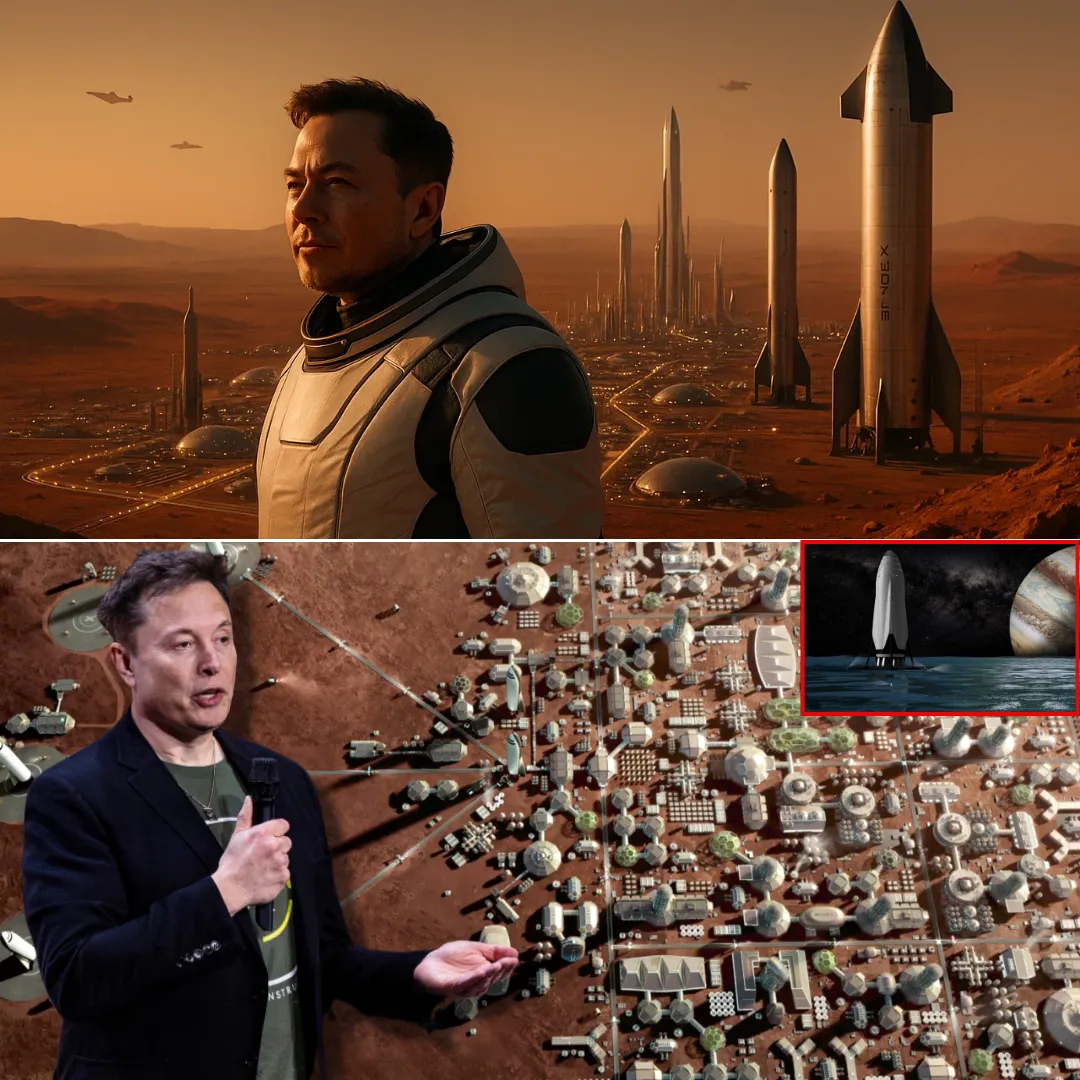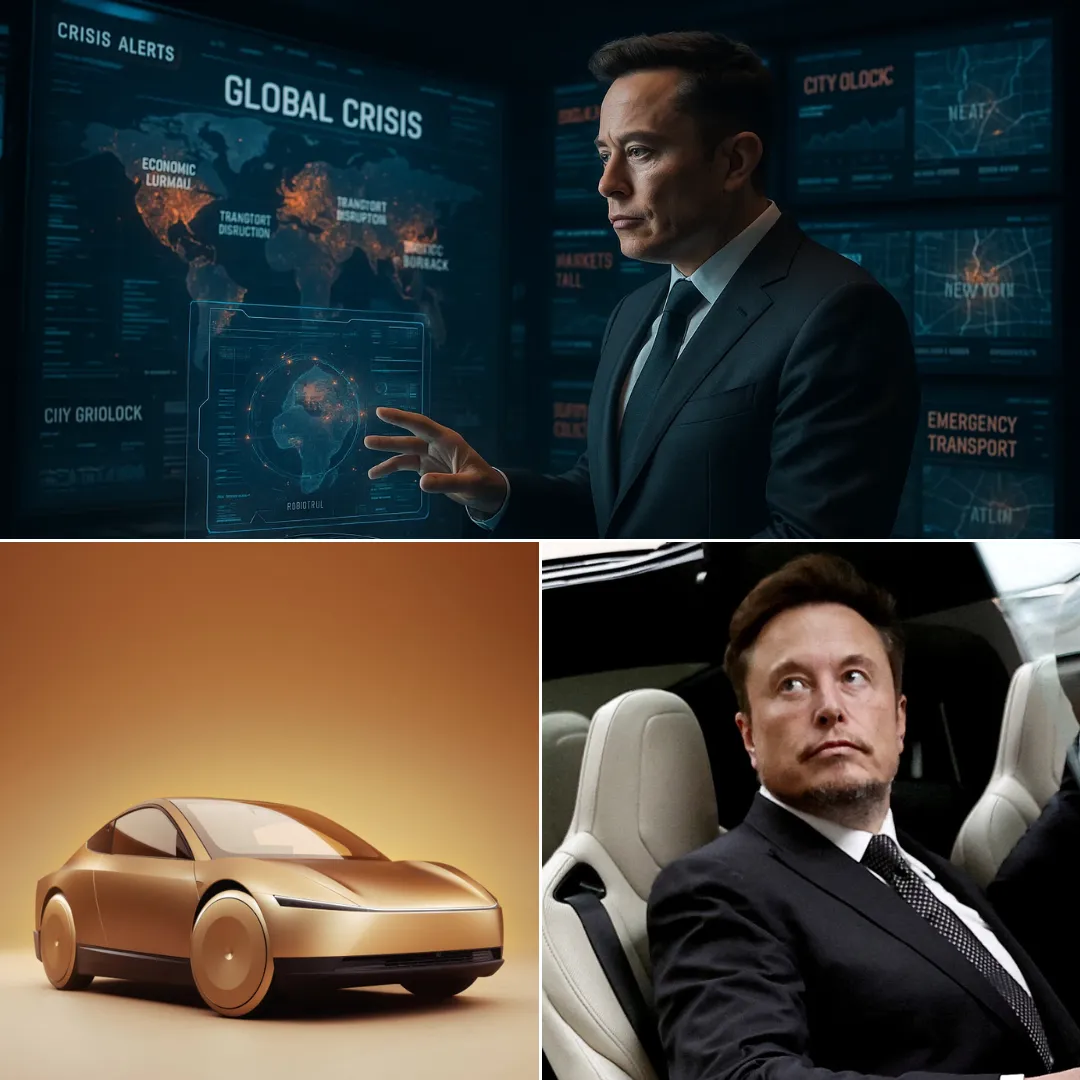
SpaceX has taken a monumental step forward in its relentless pursuit of interplanetary travel by successfully completing the six-engine static fire test of its Starship spacecraft, an achievement that marks a critical milestone in the rigorous and demanding testing process that precedes any launch attempt.
The static fire test serves as a cornerstone in the evaluation of the spacecraft’s performance under sustained and controlled firing conditions. This test is designed to push the engines to operate simultaneously at full thrust while stationary, thereby allowing engineers to meticulously assess every aspect of the engine’s behavior, performance stability, and reliability.
The successful completion of this phase is a testament to the engineering prowess and persistent innovation that SpaceX has championed since its inception. The Starship program, which comprises the massive two-stage vehicle featuring the Super Heavy booster and the Starship upper stage, represents the most ambitious project SpaceX has undertaken to date.
The dual-stage system is intended not merely to reach orbit but to revolutionize space transportation by delivering unprecedented payload capacity, rapid reusability, and affordability.
By combining these technological advances, SpaceX aims to create a fully reusable rocket capable of carrying humans and cargo to the Moon, Mars, and eventually beyond.
The static fire test, therefore, is more than a routine check; it is a rigorous simulation of the immense pressures and stresses that Starship’s engines will encounter during actual launch conditions.
During the test, six Raptor engines—SpaceX’s proprietary methane-fueled rocket engines—were ignited simultaneously, pushing the boundaries of engine coordination, fuel flow dynamics, and thermal resilience.
The Raptor engine itself is a remarkable piece of engineering, representing one of the most advanced full-flow staged combustion rocket engines ever developed. This engine’s efficiency and power are fundamental to Starship’s vision of enabling large-scale space travel.
By confirming the reliability of six engines firing together, SpaceX clears a significant hurdle in its roadmap, reinforcing the vehicle’s readiness for the demanding environment of a real launch.

With the successful static fire test behind it, SpaceX can now intensify its focus on the next critical step: the final preparations for Starship’s ninth flight test. Each flight test carries immense importance, delivering invaluable data that feeds back into iterative design improvements, safety enhancements, and performance optimizations.
Past flight tests have shown the complexity and risk involved with pushing the limits of rocket technology. Explosions and anomalies have been frequent, underscoring the challenge of mastering reusable rocket systems. Yet each setback serves as a lesson and a stepping stone, fueling the relentless pursuit of a reliable and efficient spacecraft.
This ninth flight test is anticipated to be a landmark event, potentially bringing SpaceX one step closer to operational missions that transcend Earth’s orbit. The vision driving these efforts is grandiose yet concrete: to create a spacecraft capable of carrying humans to the Moon and Mars.
Such missions could not only herald a new era of space exploration but also lay the foundation for human colonization of other worlds. The Moon serves as a proving ground for technologies and human endurance, while Mars represents the long-term goal of extending humanity’s reach beyond the confines of Earth.
Behind these ambitious goals lies a vast network of engineers, scientists, and visionaries who have committed years of research and development to realize Musk’s vision.
The static fire test success is as much a reflection of their dedication as it is of the technological advancements. It signals confidence that the design philosophies, material choices, and engineering decisions are converging toward a viable, operational spacecraft.
The successful test also carries significant financial and strategic implications. SpaceX has secured billions of dollars in government contracts, including those from NASA, which have been vital to funding the development of Starship and its related infrastructure.
The program’s progress affects not only SpaceX’s commercial prospects but also the United States’ competitive stance in the global space industry. The ability to send humans and cargo reliably into space at reduced costs has the potential to revolutionize space access and maintain the U.S. at the forefront of space exploration.

Moreover, the technological breakthroughs achieved through Starship development could have far-reaching impacts beyond space travel. Innovations in propulsion, materials science, and reusability could influence various industries, catalyzing advancements in energy efficiency, manufacturing, and even climate technology on Earth.
As SpaceX pushes forward, the world watches with a mixture of awe, skepticism, and hope. The promise of the Starship program is nothing short of transformative, representing a bold leap toward making humanity a multiplanetary species.
Each successful milestone, such as the six-engine static fire test, brings that vision into sharper focus. The forthcoming ninth flight test is poised to test the culmination of years of innovation and risk-taking, potentially opening the doors to a future where interplanetary travel becomes routine rather than extraordinary.
In conclusion, the completion of the six-engine static fire test is a landmark achievement that positions SpaceX closer to realizing Elon Musk’s dream of interplanetary colonization.

The test underscores the sophisticated engineering behind Starship and provides critical validation of its engine systems under real-world conditions. As preparations for the ninth flight test accelerate, the stakes have never been higher.
Success would not only validate the technological path but could rewrite the future of human space exploration, igniting a new era where Mars and the Moon become destinations for humanity’s next great adventures.
SpaceX’s journey from this pivotal moment will be watched keenly by governments, industries, and individuals who dream of reaching the stars and securing the survival and expansion of human civilization beyond Earth.




